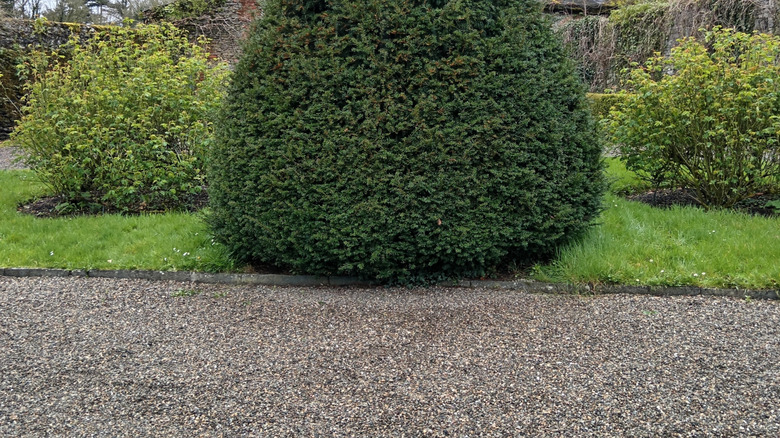Why You Should Consider Using Sand Under Your Pea Gravel
Are you planning a landscaping project that involves pea gravel? It's a popular option, partially because there are so many different uses of pea gravel for your yard, including patios, walkways, and mulch for garden areas. To keep your graveled area secure and looking great, you need to prep the area and build a sturdy base for it. That's where sand comes in. It supports your pea gravel, helping to keep it where you want it while improving drainage in the area.
Homeowners choose pea gravel for its aesthetically pleasing appearance, affordability, and versatility. But the small, smooth pieces aren't known for their stability. They shift easily and often slide outside the designated area, especially in areas like walkways where you're stepping on the pebbles. When you place sand down first, the pea gravel settles in among the sand granules, giving it more stability at the base. Pea gravel allows for good drainage in the area, and having sand underneath it makes water drainage even better because it's porous. Effective drainage helps keep the gravel in place by cutting down on erosion and pooling water.
Bonus: Using sand as the base helps prevent weeds from growing in your gravel. When you compact the sand to create the base layer, you cut off the sunlight and oxygen that are essential for weeds to grow. While not impossible, it's a lot more difficult for weeds to germinate or take root, which makes maintaining your gravel landscape area easier. You can also use landscape fabric underneath the sand layer for additional weed prevention.
Tips for using sand with pea gravel
Before you lay the sand or pea gravel, you need to dig out a deep enough area to fit both. In most cases, a depth of 5 to 6 inches works. While not required, using a layer of landscape fabric to keep weeds at bay also helps keep the gravel from shifting. Position it in the dug-out area, and add about 2 to 3 inches of sand to form the foundation, being careful to create a level layer with a consistent thickness. Rakes work well to spread the sand. Once the sand is level and gently compacted, you can shovel the pea gravel over the area. Spread it out to get a level layer. When you like the look of the area, use a tamper to compact the rocks and add stability to your graveled area.
While not required, installing a border also helps keep your pea gravel landscaping stable and creates a more defined look for the landscaped area. Any type of edging can work, including plastic, metal, and stone borders, depending on the overall durability and look you want. Whatever material you choose, it should be roughly 1/2 inch above the top of your gravel. This secures the pea gravel within the boundaries without creating a large drop between the top of the border and the gravel.

